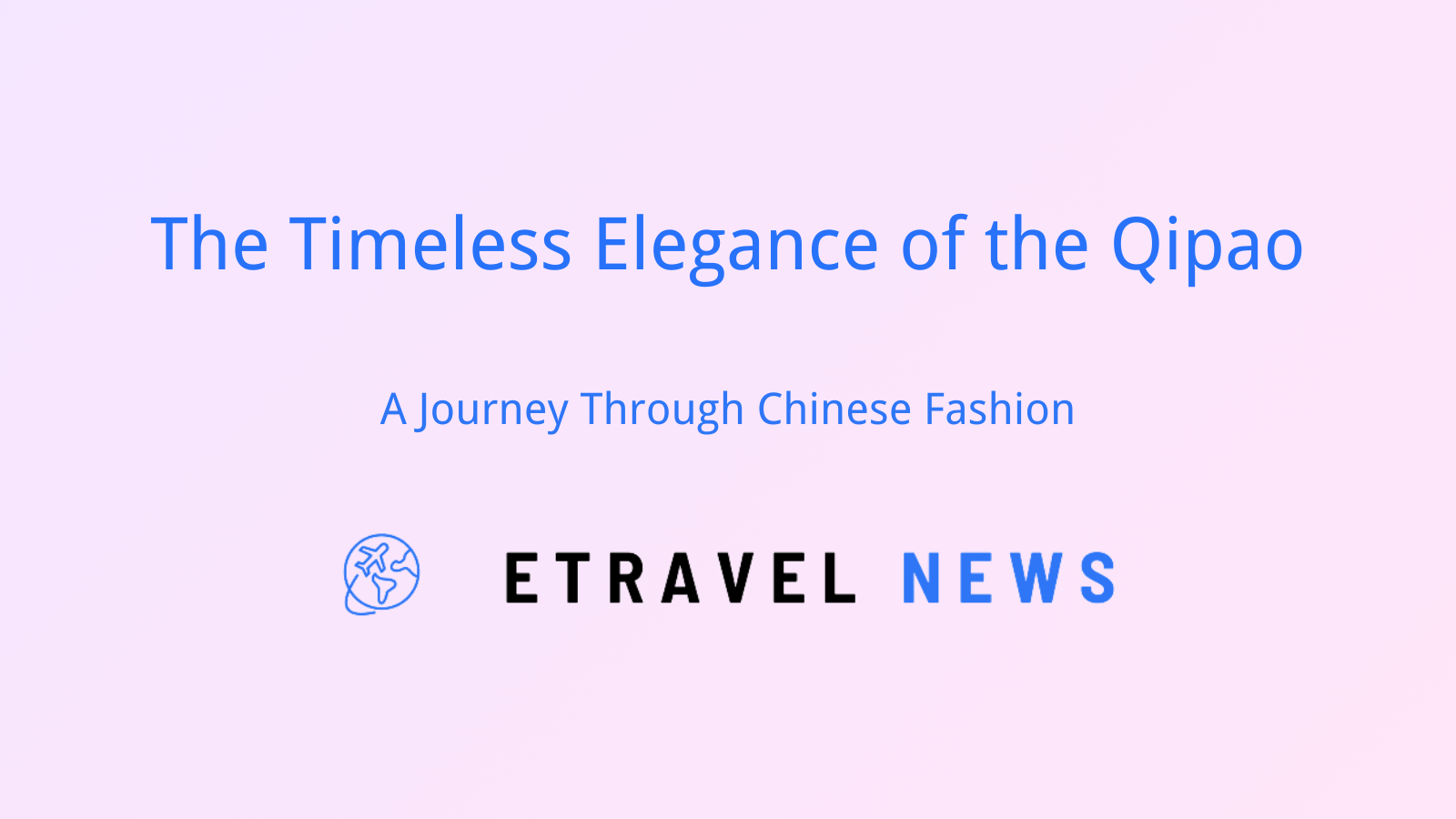Introduction to the Qipao
The qipao, also known as cheongsam, is a form-fitting dress that has become an iconic symbol of Chinese fashion. Originating from the traditional clothing of the Manchu people during the Qing Dynasty, the qipao has evolved into a versatile garment that embodies both Chinese heritage and modern style.
This elegant dress has played a significant role in shaping Chinese fashion identity, representing grace, femininity, and cultural pride. Its journey from imperial courts to international runways reflects China’s complex history and its interaction with global fashion trends.
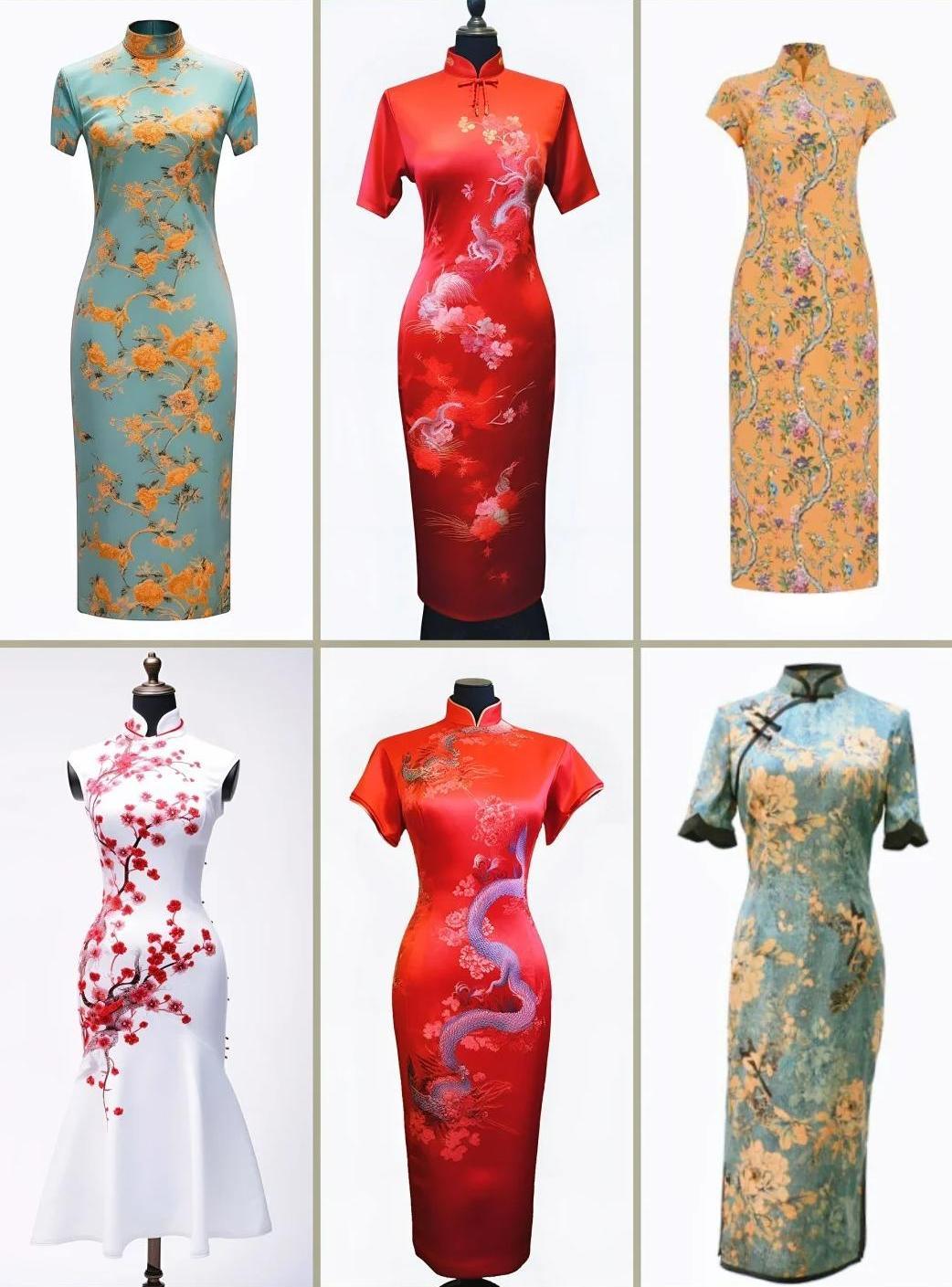
Historical Development of the Qipao
Qing Dynasty Origins
The qipao’s roots can be traced back to the 17th century when the Manchu ruled China. Initially, it was a loose, wide garment worn by both men and women of the Manchu ethnic group.
Shanghai Influence (1920s-1930s)
The modern qipao emerged in 1920s Shanghai, where it was transformed into a more fitted silhouette. Influenced by Western fashion, it became a symbol of modernity and female emancipation.
Mid-20th Century Changes
During the Cultural Revolution, the qipao fell out of favor as it was seen as bourgeois. However, it continued to be worn by Chinese communities overseas.
Contemporary Revival
Since the 1980s, there has been a resurgence of interest in the qipao. Today, it’s worn for special occasions and has inspired numerous contemporary fashion designs.
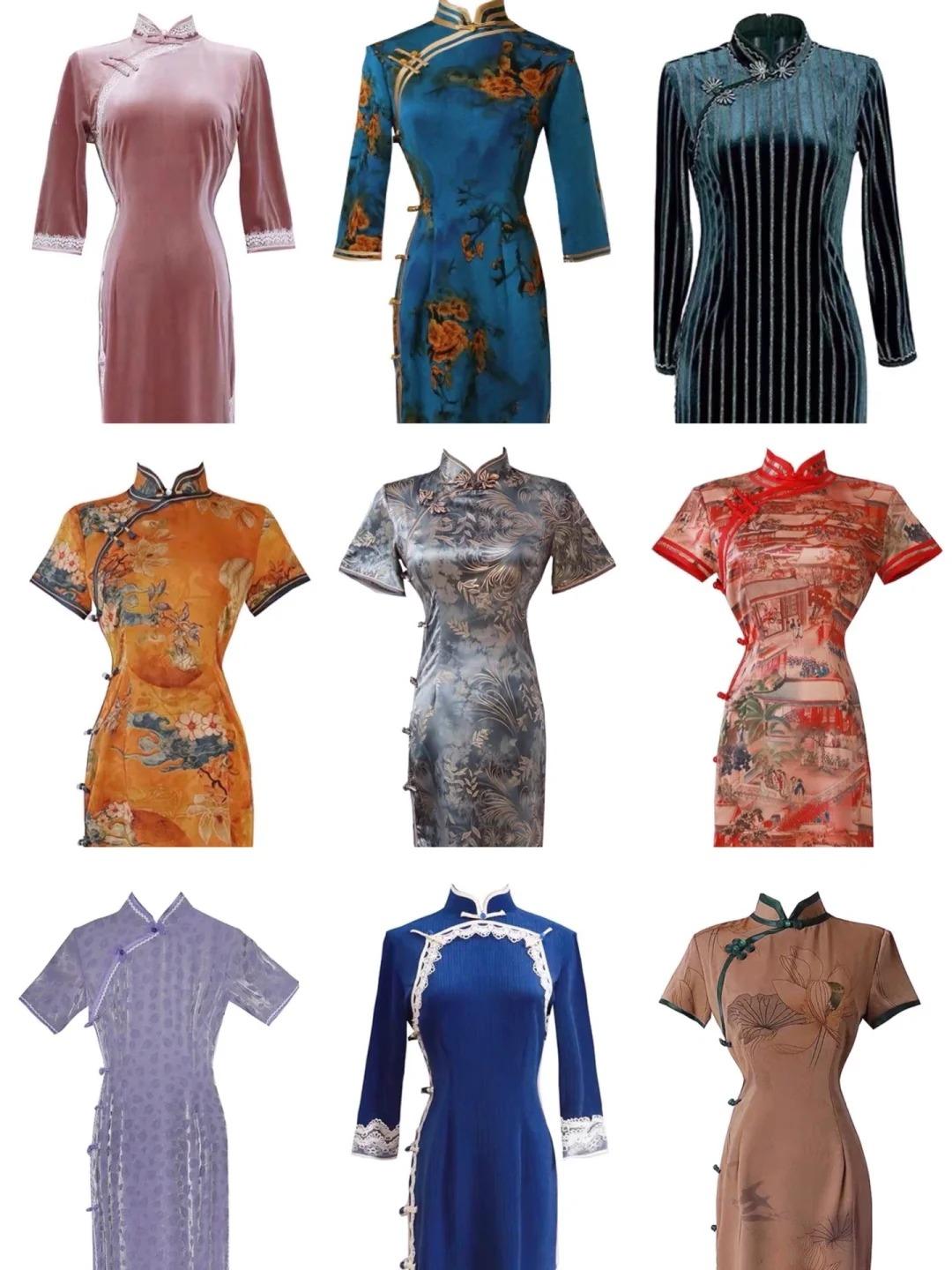
Design Elements of Traditional Qipao
The traditional qipao is characterized by its:
- High mandarin collar
- Form-fitting silhouette
- Side slits for ease of movement
- Distinctive fastenings (frog buttons)
Fabrics often include silk, brocade, or cotton, adorned with intricate patterns such as flowers, dragons, or phoenixes. These motifs carry deep symbolic meanings in Chinese culture.
Regional variations exist, with northern styles typically being more conservative and southern styles more ornate.
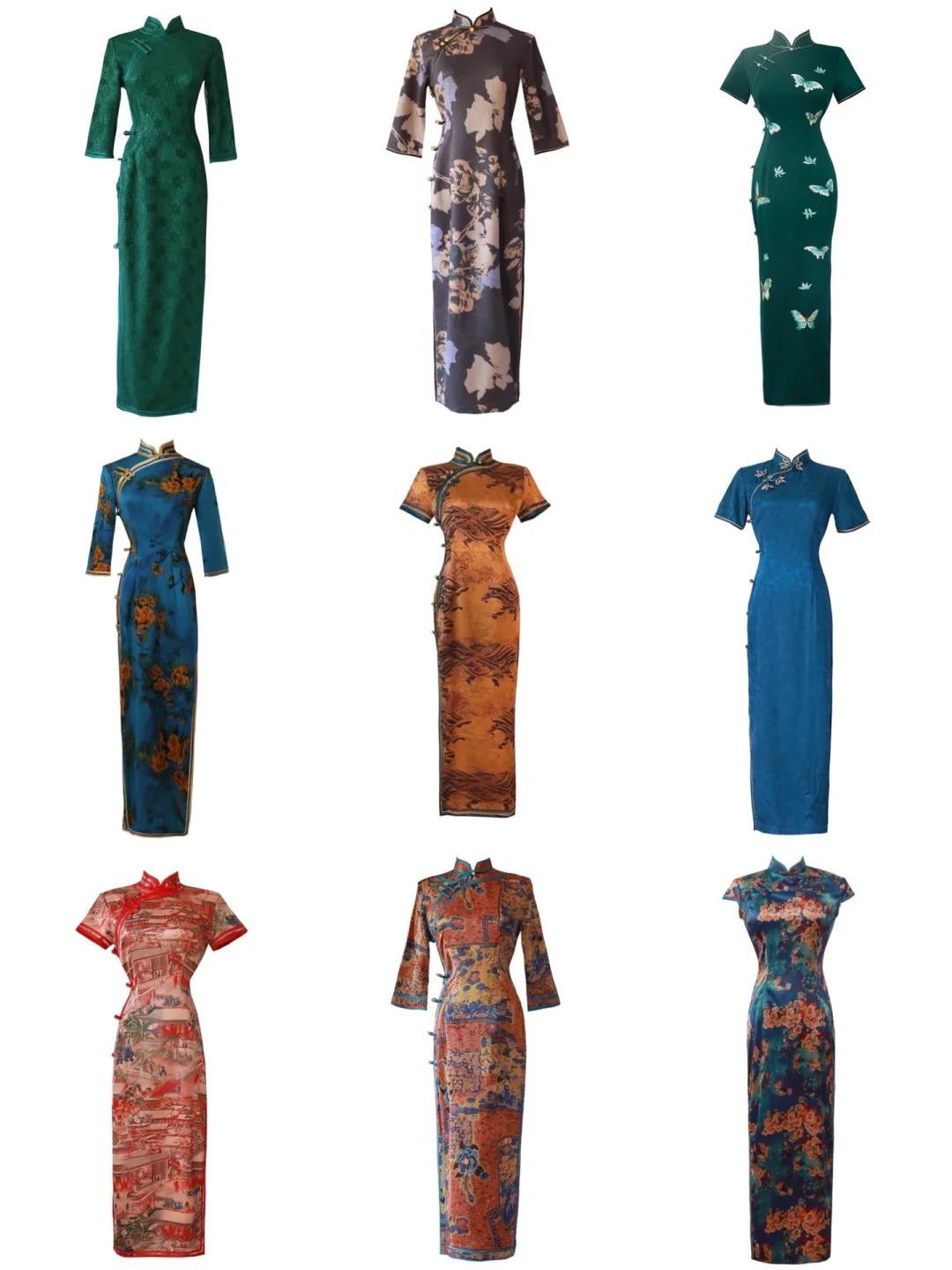
The Art of Making a Qipao
Creating a traditional qipao is a meticulous process that requires skilled craftsmanship. Master tailors use techniques passed down through generations to ensure a perfect fit and exquisite detailing.
The customization process involves multiple fittings and can take several weeks. Embroidery, often done by hand, adds another layer of artistry to the garment.
Some renowned qipao makers include:
| Name | Location | Known For |
|---|---|---|
| Linva Tailor | Hong Kong | Traditional techniques |
| Suzhou Cobblers | Shanghai | Fusion of old and new styles |
| Mei Wah Fashion | Singapore | Preserving Cantonese qipao making |
Wearing the Qipao
Traditionally, the qipao was worn for formal occasions such as weddings, new year celebrations, and important social events. Today, its use has expanded to include business functions and red carpet events.
Accessories like jade jewelry, embroidered shoes, and silk clutches often complement the qipao. Modern adaptations include shorter hemlines and contemporary fabrics, making it suitable for everyday wear.
Celebrities like Fan Bingbing and Zhang Ziyi have popularized the qipao on international red carpets, showcasing its timeless appeal.
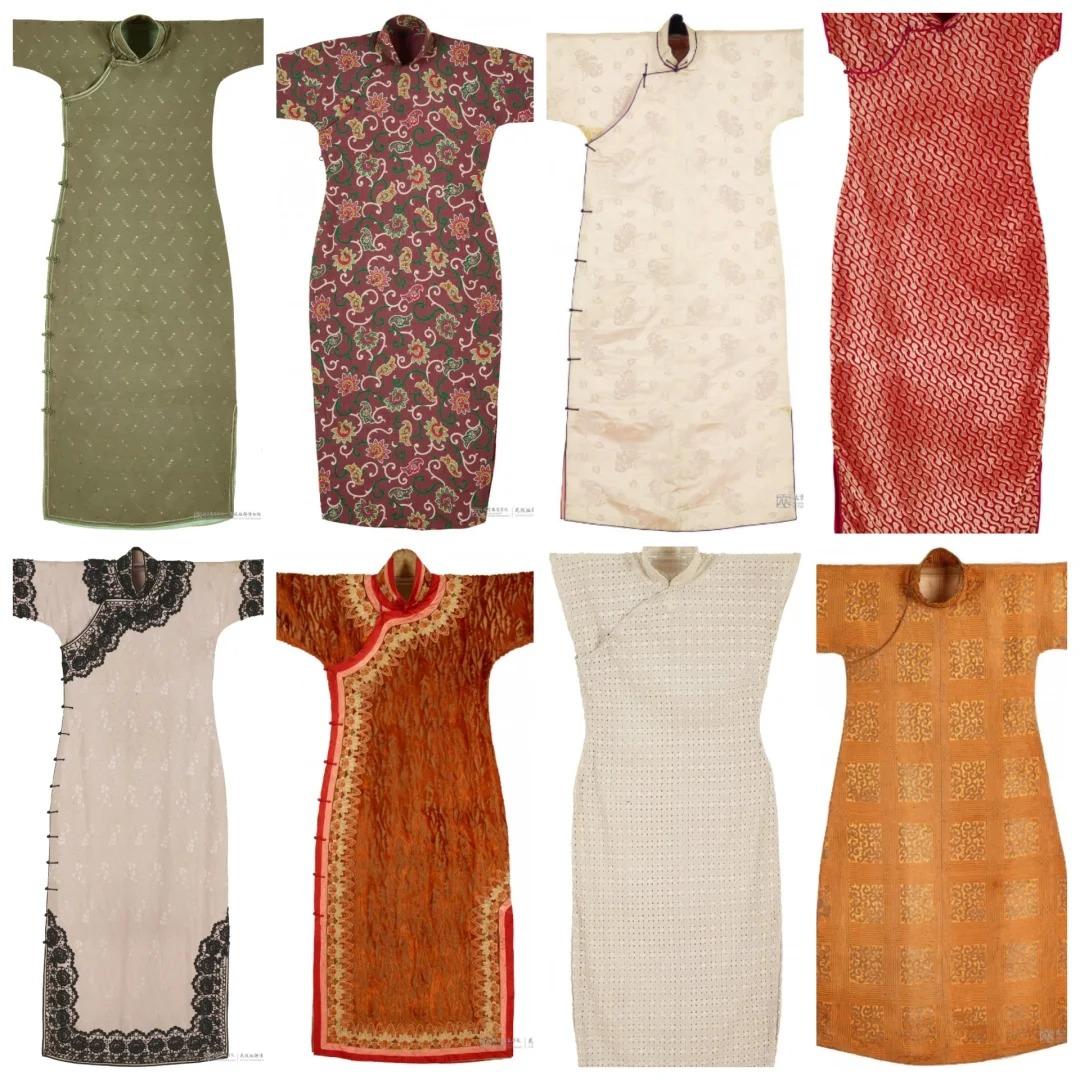
Qipao in Chinese Culture and Media
The qipao has been immortalized in films like “In the Mood for Love” and “The World of Suzie Wong,” becoming a visual shorthand for Chinese femininity and elegance.
It plays a crucial role in cultural events, such as the Miss Hong Kong pageant, where contestants often wear qipao as a nod to tradition.
International fashion designers have drawn inspiration from the qipao, incorporating its elements into their collections and showcasing it on global runways.
Qipao for Travelers
For travelers interested in acquiring an authentic qipao:
- Shanghai’s South Bund Fabric Market offers custom tailoring
- Hong Kong’s Shanghai Tang provides modern interpretations
- Beijing’s Rui Fu Xiang has been making qipao since 1893
Museums featuring qipao exhibitions include the Hong Kong Museum of History and the China National Silk Museum in Hangzhou.
When caring for a qipao, dry cleaning is usually recommended due to the delicate fabrics and embroidery.
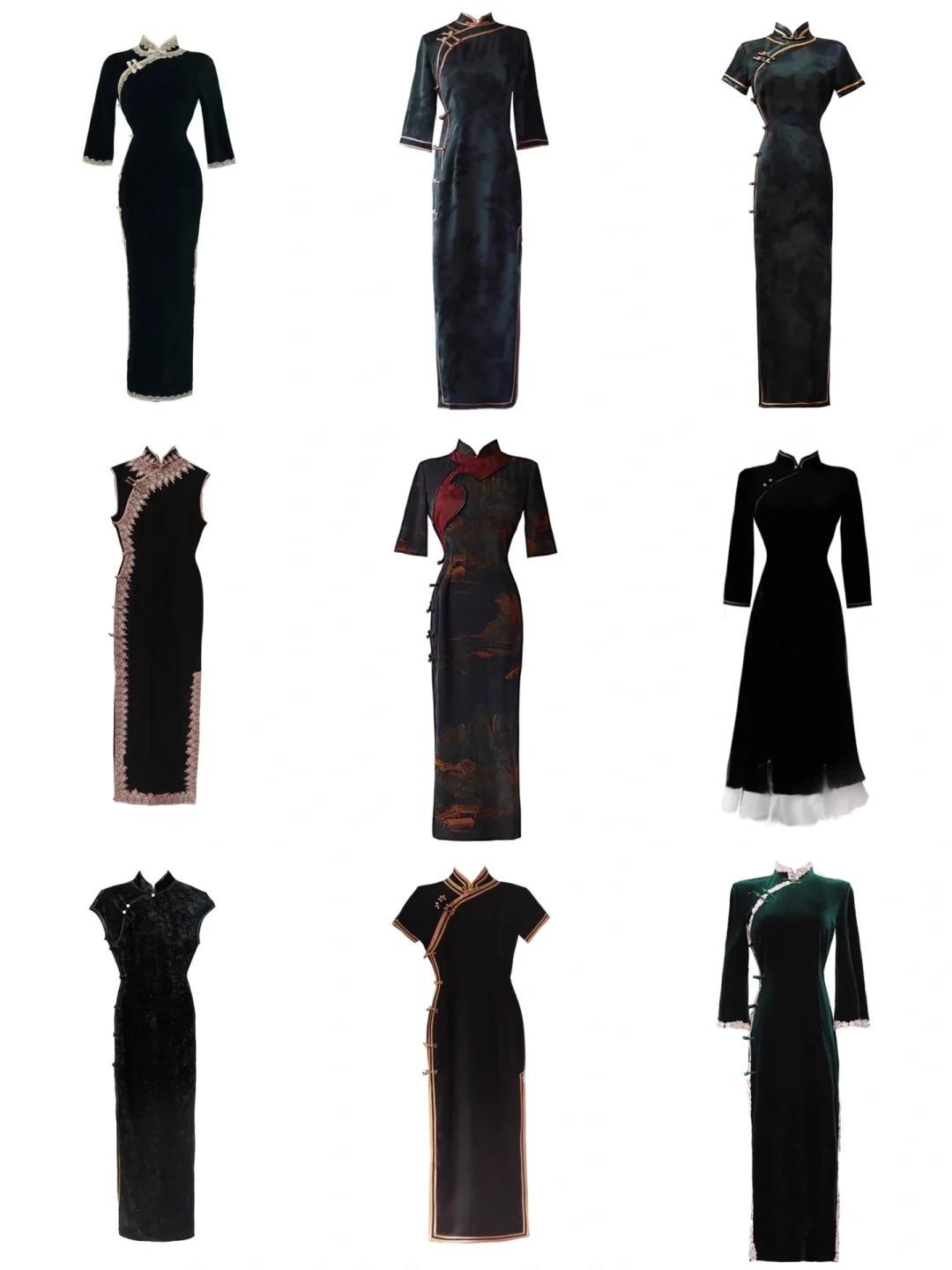
Etiquette for Non-Chinese Wearing Qipao
While appreciation of the qipao is generally welcomed, it’s important to wear it respectfully:
- Choose appropriate occasions (formal events, cultural celebrations)
- Avoid overly revealing or inappropriately styled versions
- Learn about its cultural significance to wear it mindfully
The qipao stands as a testament to China’s rich cultural heritage and its ability to adapt to changing times. Whether worn as a statement of cultural pride or appreciated as a work of art, the qipao continues to captivate fashion enthusiasts around the world with its timeless elegance and intricate craftsmanship.


